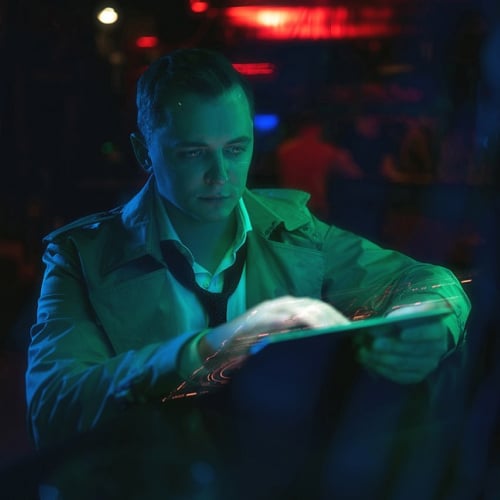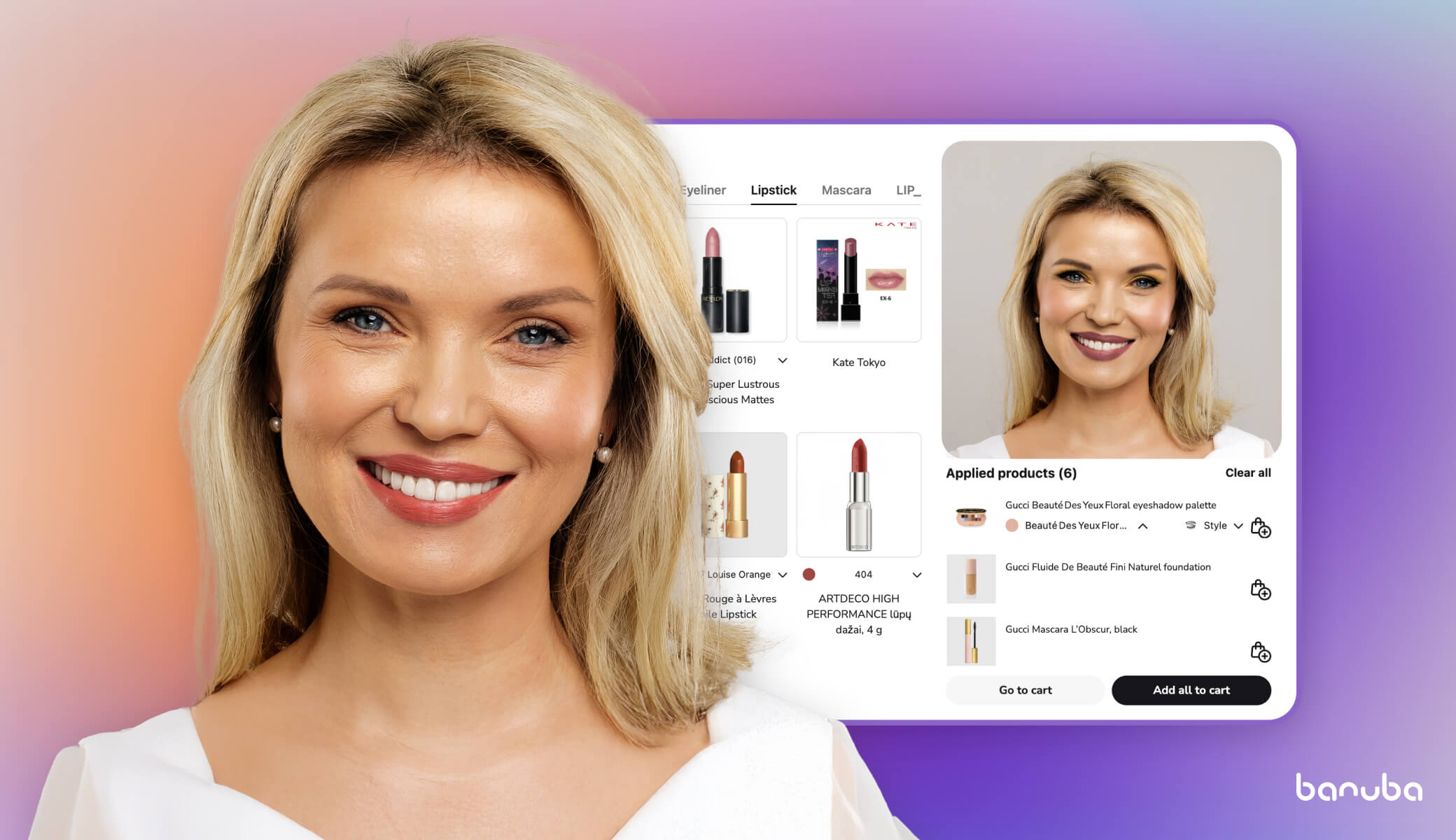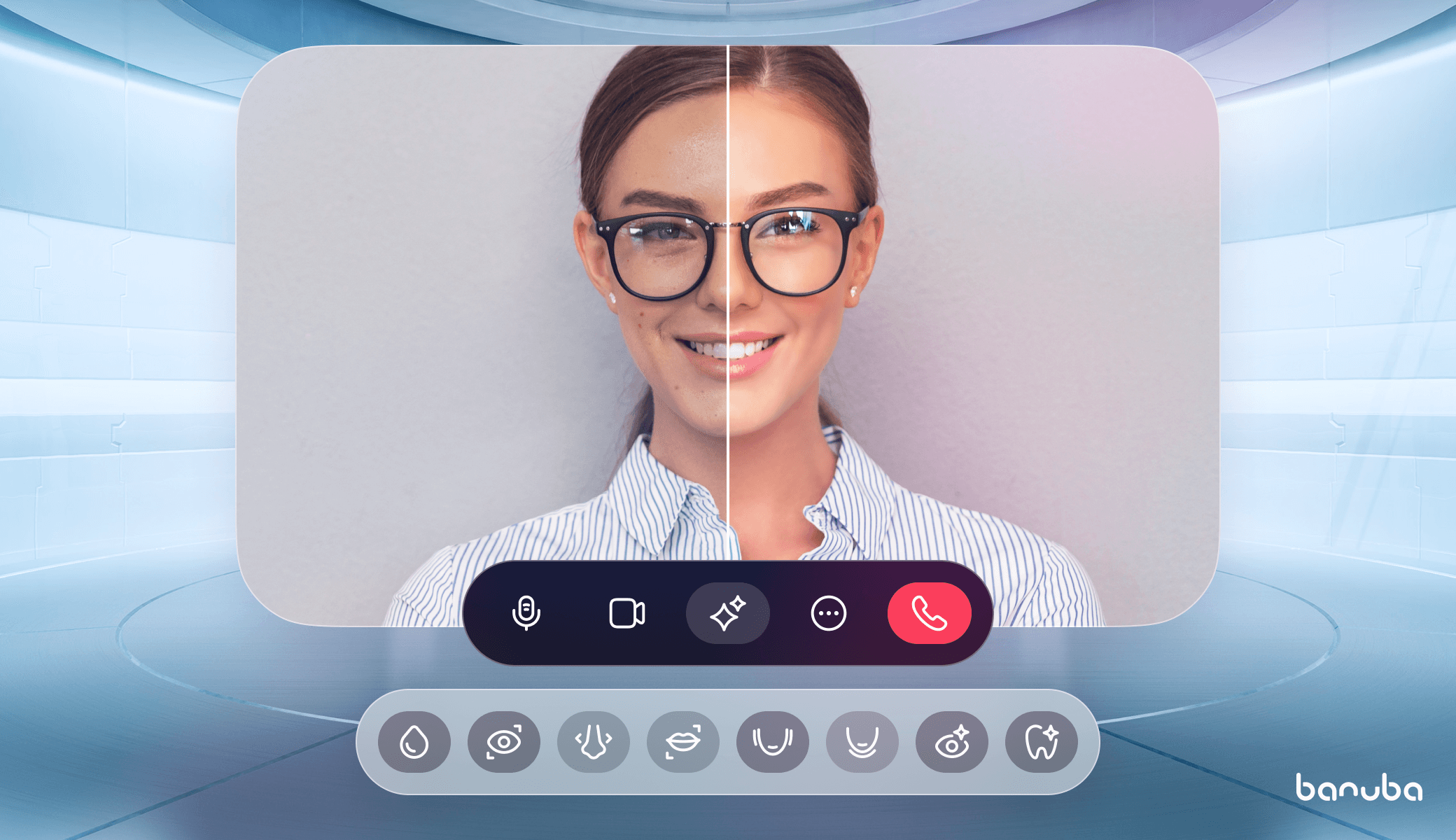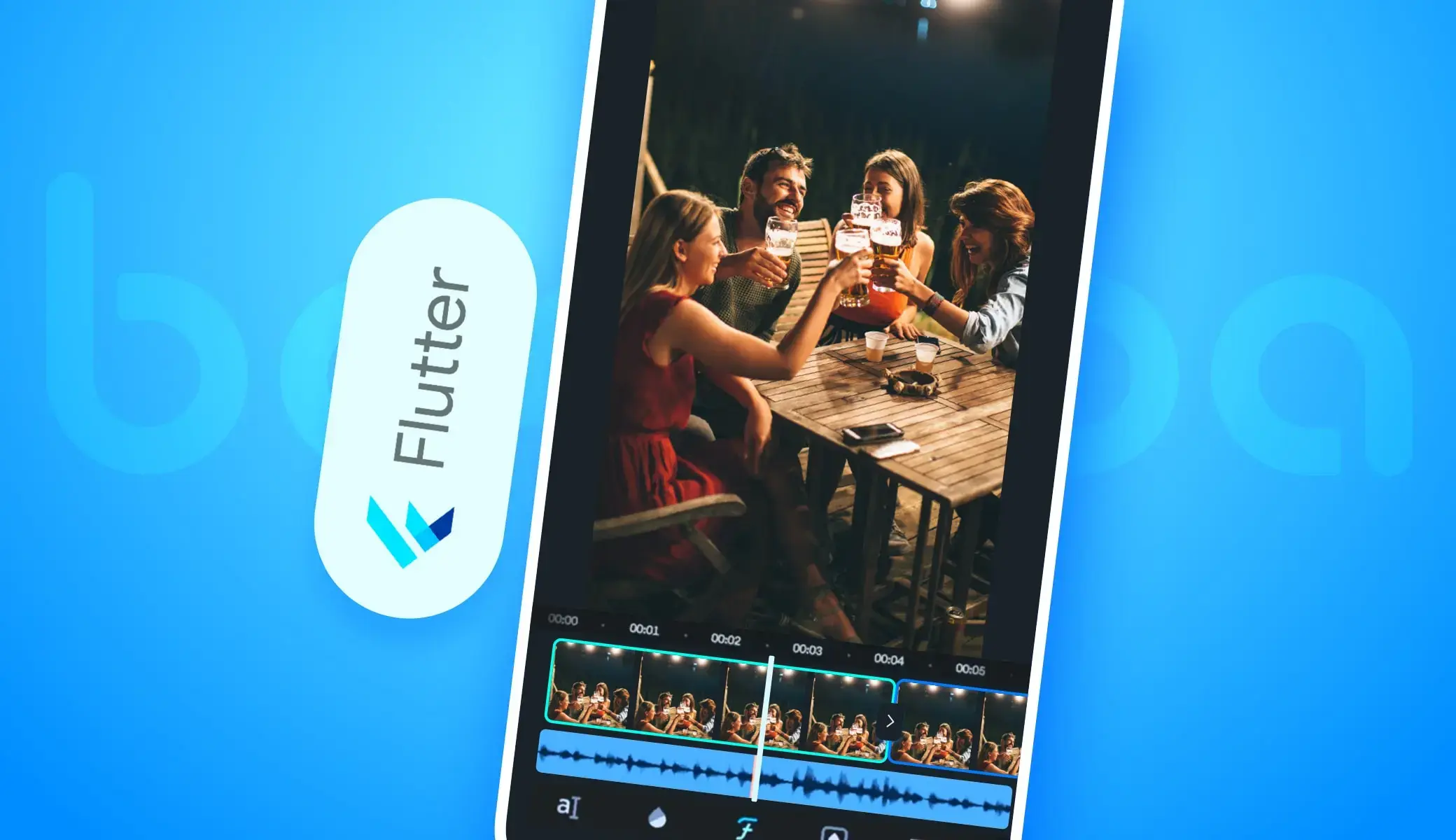[navigation]
TL;DR:
- AR is transforming retail by blending digital content with the physical world to create interactive shopping experiences;
- Virtual try-ons let customers preview products (clothes, makeup, eyewear) in context, lifting conversion rates and reducing product returns;
- AR also enables furniture visualization and virtual showrooms in automotive and other sectors;
- Challenges include high costs and technical complexity, but future trends like AI and 5G integration promise even better experiences and business growth.
The Rise of Augmented Reality in Retail
Augmented Reality (AR) is revolutionizing the retail industry by merging digital content in the physical world to create immersive and interactive shopping experiences. This technology is growing rapidly, with market valuations expected to reach tens of billions of dollars within the next decade. The rise of AR in retail is driven by increasing consumer adoption and technological advancements.
AR bridges the gap between online and offline retail, offering features such as virtual try-ons, product visualization, and interactive store navigation. This seamless integration enhances the shopping experience, making it more engaging and personalized.
AR is already proven at scale by household brands. Sephora and L’Oréal popularized virtual makeup try-ons that blend the physical world with immersive experiences; Warby Parker helped normalize at-home glasses try-ons; Zara piloted in-store AR windows and packaging; furniture leaders IKEA and Wayfair let shoppers visualize items true-to-size at home; and Lowe’s introduced wayfinding to guide customers through aisles. These examples show AR moving from novelty to a practical layer across online and in-store journeys, setting clear expectations for UX and business impact.
Enhancing Customer Experience with Virtual Try-Ons
Virtual try-ons are one of the most popular applications of AR in retail. These allow customers to see how products like clothing, accessories, and makeup would look on them without physically trying them on. This not only saves time but also increases customer satisfaction and confidence in their purchases.
For instance, Banuba's TINT platform provides realistic virtual try-ons for various products, including makeup and jewelry. By enabling customers to experiment with different looks virtually, retailers can offer a highly personalized shopping experience that caters to individual preferences and needs.
Retailers tap virtual try-ons to reduce uncertainty and increase conversion rates. Beauty leaders like Sephora and L’Oréal show how precise shade matching and realistic rendering reduce product returns tied to color mismatch. Eyewear brands such as Warby Parker let shoppers compare frames on-face in seconds, improving confidence without a store visit. Fashion players like Zara use AR to connect digital lookbooks with the store experience, inspiring outfits and streamlining discovery. Together, these use cases prove that try-ons are not just a “nice to have,” but a measurable driver of ROI.
Boosting Sales and Reducing Returns with AR
AR experiences increase shopper confidence at the critical moment of choice, which lifts conversion rates and lowers product returns. When customers can preview fit, finish, size, or shade on themselves or in their space, they commit with greater certainty—translating directly into higher sales and ROI across channels.

During a pre-launch event featuring AR try-ons, Brazilian beauty brand Boca Rosa generated over $900,000 in a few hours with a standout add-to-cart rate—clear evidence that immersive try-ons translate to sales
"Many of Banuba’s customers are consistently surprised by the impressive ROI they achieve after integrating our AR virtual try-on technology, proving that immersive experiences directly drive higher sales and customer engagement." — Artem Harytonau, CTO of Banuba
Beyond beauty, furniture visualization from brands like IKEA and Wayfair helps set realistic expectations on dimensions and style in the physical world, further decreasing post-purchase remorse and returns while protecting margins.
Improving the Store Journey with AR Navigation
AR also elevates the physical world journey with wayfinding and product discovery. Home improvement leaders like Lowe’s use in-store AR to guide shoppers from the entrance to exact aisle-and-bay locations, reducing friction and time-to-purchase. In grocery and large-format retail, AR overlays can highlight promotions, substitutions, or complementary items in real time—bridging immersive experiences with operational efficiency and measurable ROI.
Diverse Applications of AR in Retail
AR applications in retail are not limited to fashion and beauty. They extend to various sectors, including furniture visualization, automotive virtual showrooms, and even healthcare.
In the furniture industry, AR allows customers to visualize how a piece of furniture would look in their home before purchasing it. In the automotive sector, virtual showrooms enable customers to explore and customize vehicles from the comfort of their homes. These diverse applications demonstrate the versatility and wide-ranging benefits of AR in retail, including employee training.
In the automotive sector, virtual showrooms and configurators let buyers explore trims, colors, and features from anywhere, shortening decision cycles before a dealership visit. Internally, retailers use AR for employee training, overlaying step-by-step guidance for shelf resets, planogram checks, and safety procedures—accelerating onboarding while improving task accuracy at scale.
Overcoming Challenges and Embracing Future Trends
While AR offers numerous benefits, its adoption in retail comes with challenges such as technical complexity, high implementation costs, and data privacy concerns. Retailers must invest in strategic financial planning, cost-benefit analysis, and ROI measurement to ensure long-term returns.
Future trends in AR retail include tighter AI integration for real-time recommendations, 5G for low-latency streaming and cloud rendering, wearable devices that make AR hands-free on the sales floor, and social commerce that turns UGC into shoppable immersive experiences. Expect proactive assistance (e.g., size or shade suggestions), smarter visual search, and cross-device continuity that carries selections from mobile to store. Together, these shifts compound ROI by improving relevance, speed, and convenience.
Conclusion
AR is redefining retail by merging digital context with the physical world to deliver immersive experiences that customers actually use—virtual try-ons that lift conversion rates, furniture visualization that cuts product returns, and store navigation that compresses time-to-purchase. From beauty and fashion to the automotive sector and home improvement, AR is now a practical lever for differentiation and defensible ROI.
While challenges such as implementation complexity and costs persist, the rapid pace of technological advancement—bolstered by AI, 5G, and new hardware—signals an exciting future for both businesses and consumers. Retailers who embrace AR now will be well positioned to attract, retain, and delight customers in an increasingly competitive marketplace, setting new standards for personalization and satisfaction across every stage of the shopping journey.
Retailers that invest now—pairing high-fidelity rendering with strong UX, privacy-first architecture, and clear success metrics—will be positioned to ride the next wave of future trends: AI-assisted styling, 1:1 guided shopping, and persistent try-on histories that travel across channels.

Reference list
Algolia. (n.d.). Global online eyewear company sees exceptional results with Algolia AI Search | Algolia. https://www.algolia.com/customers/Zenni
Ambos, A. (2025, May 8). Virtual Try-On Beauty Technology Statistics for 2025. Free Yourself. https://freeyourself.com/blogs/news/virtual-try-on-beauty-technology-statistics
AR Virtual Makeup Online Technology Demo | Banuba. (n.d.). https://banuba.com/hubfs/virtual-makeup-demo/index.html
Augmented reality virtual try on glasses software. (n.d.). https://www.banuba.com/glasses-virtual-try-on
Liem, S. (2025, April 17). Proud to be named #1 eyewear retailer by Newsweek | Zenni Optical Blog. Zenni Optical Blog. https://www.zennioptical.com/blog/proud-to-be-named-1-eyewear-retailer-by-newsweek/
London, L. (2021, May 20). Virtual Try-On is more than a pandemic trend and these brands are reaping the rewards. Forbes. https://www.forbes.com/sites/lelalondon/2021/05/20/virtual-try-on-is-more-than-a-pandemic-trendand-these-brands-are-reaping-the-rewards/
Markets, R. A. (2025, March 19). Virtual Try-on Business Analysis Report 2025: A global $48.8 billion market by 2030 Featuring 3DLOOK, Banuba, CamCom, DeepAR Metadome.ai, MySize, Queppelin, Quytech, Wannaby, WEARFITS. Yahoo Finance. https://finance.yahoo.com/news/virtual-try-business-analysis-report-145800055.html
Social Chat Commerce platform | ZEALS.ai. (2025, March 5). ZEALS.ai. https://zeals.ai/en/
Virtual Contact Lens Try-On | Banuba Technology. (n.d.). https://www.banuba.com/virtual-contact-lens-try-on







